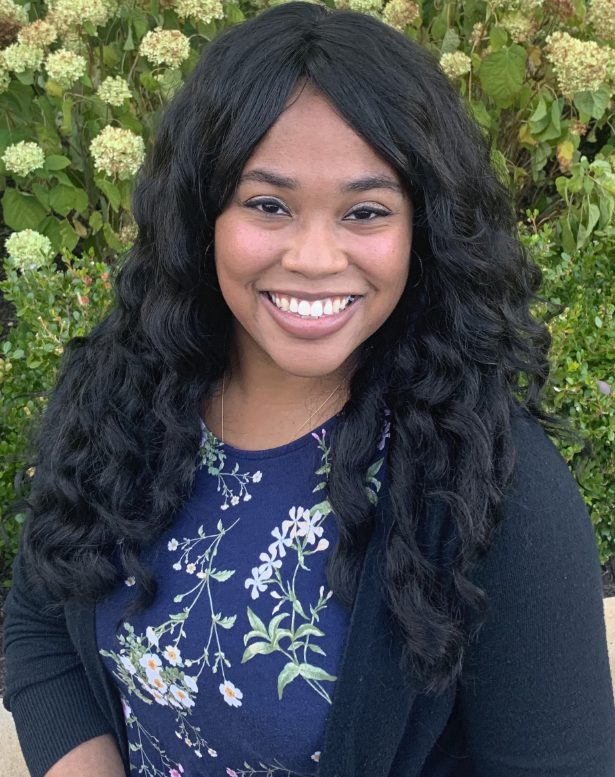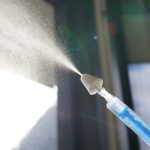Clinics that do not accept medical insurance and instead take cash payments in exchange for opioid use disorder treatment are filling a need for patients – but that convenience comes with significant trade-offs, according to new research led by scientists at the University of Pittsburgh Graduate School of Public Health.
The findings, presented today at the American Public Health Association 2021 Annual Meeting in Denver, could help guide public health officials in stemming the U.S. opioid epidemic, which has affected more than 2 million people in the U.S., causes 120,000 deaths annually and increasingly impacts women.

Noelle Spencer
“We were really interested in the unique experience of women,” said Noelle Spencer, a Ph.D. student in Pitt Public Health. “We know there are differences in their interactions and experiences with the health care system, so we wanted to see how this population is experiencing the treatment landscape and how cash-only clinics fit into their lives.”
Some prior research has suggested that cash-only clinics often provide low-quality service to patients who need a prescription, often buprenorphine, a medication used to treat opioid dependence. The reasons patients attend such clinics, and their experiences, are largely unknown since cash clinics operate outside of Medicaid or other health care programs.
Spencer analyzed in-depth audio-recorded interviews of 24 Pittsburgh women, ranging in age from 26 to 41. This data set was collected as part of a larger project led by co-authors Dr. Elizabeth Krans, assistant professor in Pitt’s Department of Obstetrics, Gynecology & Reproductive Sciences, and Dr. Marian Jarlenski, associate professor of health policy and management at Pitt Public Health.
“By conducting the study in a way that literally depended on the participants putting their experience in their own words, we were able to learn more about the life of others, providing a platform for patients to raise their voice,” Spencer said.
The main reasons why participants chose to go to cash-only services included proximity to their home, low follow-up requirements, high appointment availability and ease in filling prescriptions, Spencer said. However, patients complained that these clinics often have long wait times, full waiting rooms, limited interactions with providers, lack of thorough health assessment for proper prescription. They also charge patients with treatment costs of about $200 per prescription and $160 per visit. In contrast, these services are free with Medicaid and other insurers also typically cover much of the cost.
“These clinics fulfilled a certain need for patients at a certain time in their lives,” Spencer said, noting that future research could look for ways to take the feedback her study collected and augment both cash-only clinics and insurance-based clinics so they can better address patient needs.
Kien Tran is Ph.D. candidate in the Molecular Genetics and Developmental Biology Graduate Program at the University of Pittsburgh School of Medicine. She is participating in the UPMC Science Writing Mentorship Program.









